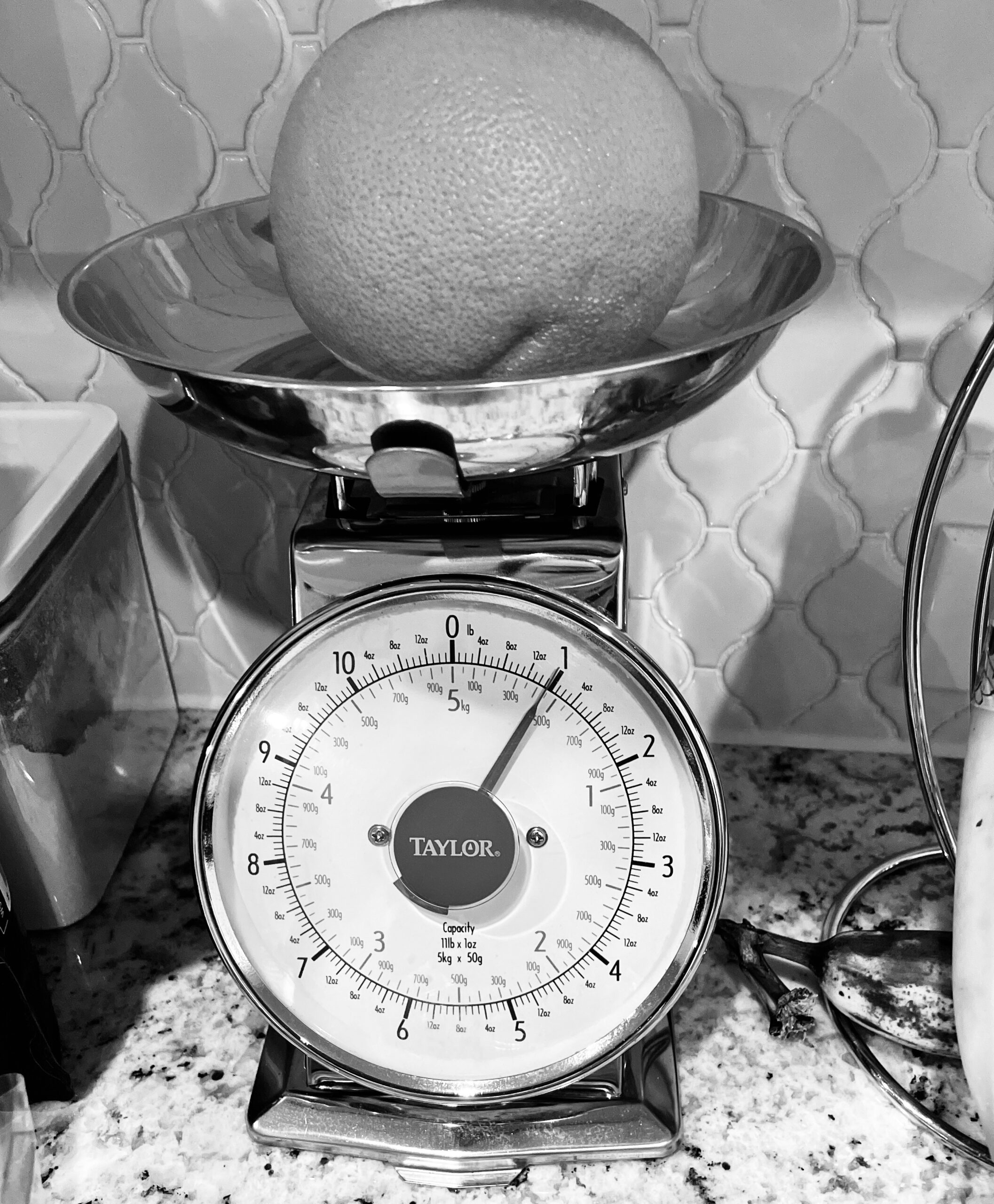When you’re starting out on a journey to better health, the last thing you want is to be confused about how to track your food. That’s why we’ve put together this guide on how to log food for beginners. In it, we’ll explain the basics of tracking your diet, from entering caloric values and macronutrients to creating meal templates. By following these tips, you’ll be on your way to logging your food like a pro!
Caloric Intake
If you’re new to logging your food, the first thing you need to do is calculate your caloric intake. To do this, you’ll need to know your basal metabolic rate (BMR). Your BMR is the number of calories your body burns at rest, and it’s determined by factors like your age, height, weight, and gender. To get an accurate BMR or RMR, we suggest getting tested at enduraLAB.
Once you have your BMR, you can calculate your total daily energy expenditure (TDEE). This is the number of calories you burn in a day, including those burned through physical activity. To calculate your TDEE, you’ll need to use an activity factor. This is a number that reflects how active you are during the day. For example, if you have a sedentary lifestyle, your activity factor would be one. If you’re moderately active, it would be between one and two. And if you have an active lifestyle, your activity factor would be two or more. Once you have your activity factor, you can multiply it by your BMR to get your TDEE.
Macronutrients
In addition to tracking your caloric intake, you’ll also want to keep track of the macronutrients in your diet. Macronutrients are nutrients that provide calories or energy, and they include carbohydrates, proteins, and fats. Each macronutrient has a different effect on your body, so it’s important to eat them in the right proportions.
For example, carbohydrates are your body’s main source of energy. They’re found in foods like bread, rice, pasta, fruits, and vegetables. When you eat carbohydrates, your body breaks them down into glucose, which is then used for energy.
Proteins are another macronutrient that’s essential for your health. They’re found in foods like meat, poultry, fish, eggs, and dairy. Proteins are important for building and repairing muscle tissue.
Fats are the last macronutrient, and they’re found in foods like oils, butter, nuts, and seeds. Fats are a concentrated source of energy, and they help your body absorb vitamins.
Logging App
To get started logging your food, we recommend using a food tracking app like Cronometer or MyFitnessPal. These apps make it easy to track your intake of calories, macronutrients, and micronutrients. They also have databases of common foods that make logging your meals a breeze.
How to Measure your Food
When you’re logging your food, it’s important to be as accurate as possible. This means measuring out portions and entering the correct values for calories and entering the exact values for calories and macronutrients. If you’re not sure how to do this, we recommend using a food scale and nutrition facts label. Many apps have a scanner that you can simply scan the bar code on your foods and their nutrition information is stored.
Another helpful tip for logging your food is to create meal templates. Meal templates are pre-made meals that you can easily add to your tracker. This can be a great way to save time when you’re logging your food. To create a meal template, simply add all of the ingredients for a meal into your tracker and save it as a template. When you’re ready to log the meal, simply select the template and all of the information will be populated for you.
Limit Eating At Restaurants
We recommend limiting your meals at restaurants to once or twice a week. This is because it can be difficult to accurately track your food when eating out. When you’re at a restaurant, ask the waiter or waitress for the nutrition information of the dishes you’re interested in. If they don’t have this information on hand, you can always look up the nutrition information online.
Another helpful tip is to order smaller portions when eating out. This will help you limit your caloric intake and help you stay on track with your goals.
In Conclusion
Following these tips will help you get started on logging your food like a pro. Remember, accuracy is key when you’re tracking your diet. And if you need any help, our team at enduraLAB is always here to help!
At enduraLAB, we specialize in providing nutrition coaching and guidance to help our clients make small changes over time that result in drastic improvements to their health and fitness. Our coaches are passionate about helping people reach their goals, and they have the experience and knowledge necessary to help you achieve success.
If you’re looking for a way to improve your health and fitness, contact us today to learn more about our nutrition coaching services! We offer a variety of packages to fit your needs and budget, and we’re here to help you every step of the way. Visit our website or give us a call at (817) 904-8638 to get started.



